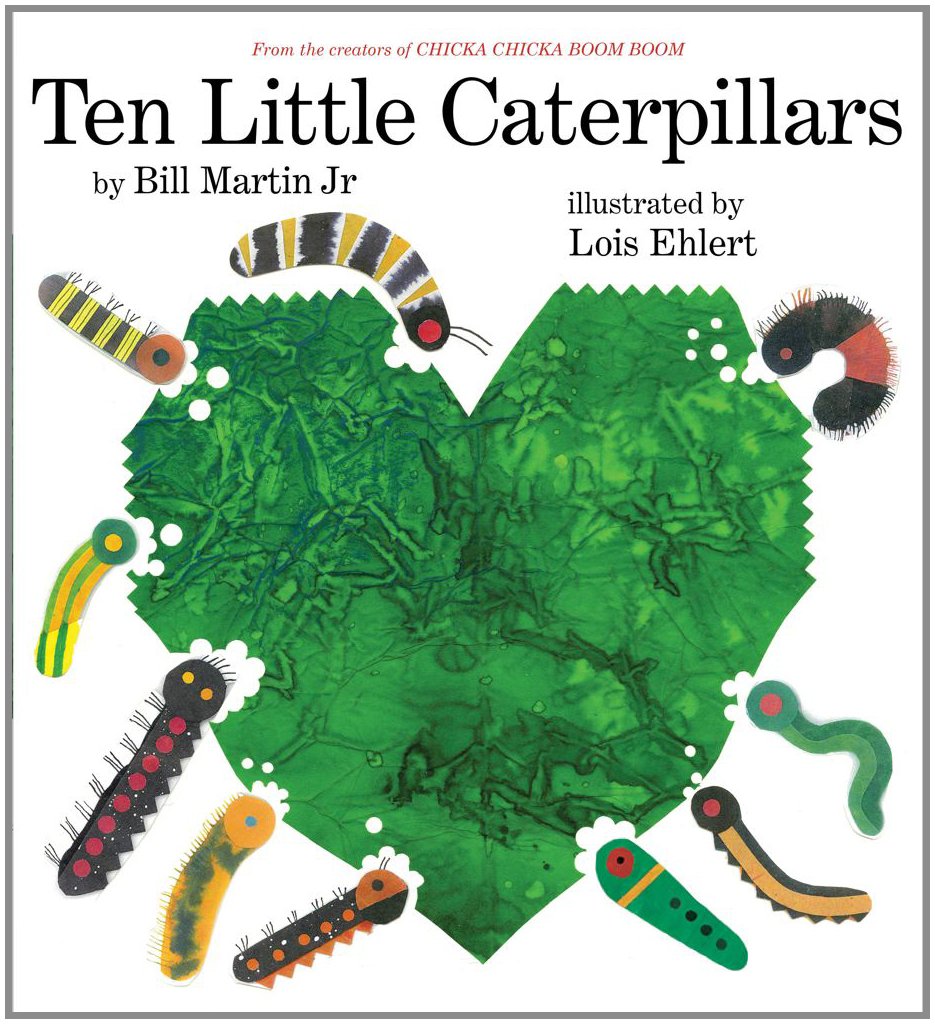Teacher:
Nicole Holyfield
Date:
February 16, 2015
Assignment:
Module 3 Assignment 1
Title:
Invitation to Explore Water Play for Infant & Toddlers
Age Group:
Intend for Infant and Toddler Teachers (Reggio Emilia Approach)
I created a Power Point Presentation that I will present at
a Reggio Conference. The conference focuses on the introducing Reggio Approach
to learning for Early Childhood teachers. The Power Point Presentation focuses
on giving Early Childhood teacher ideas on how to invite infant and toddlers to
explore water. I use the power point to introduce ideas to teachers, also
display the tables with materials that are listed on the power point. The
teachers will view the power point, explore with the materials and then decide
which WV Early Learning content standard each activity meets and gain new
ideas.
I uploaded my power point on my Google blogger. I chose to
use Google blogger, because it is a great way to share information with other
professionals. There are several
different kinds of social media, that teachers could use to get ideas and
interact with other teachers on-line but I prefer Blogger. I was introduced to
Blogger through an on-line course. I like the idea of view other teacher’s
blogs and getting new ideas and sharing opinions. Here is my BlogSpot: Invitation to Explore Water Play with Infant & Toddlers
The power point presentation includes a picture and video of
Ella, a toddler of one of my former college students. It also includes a list
of recyclable materials, what you need to create sensory bags, sensory bottles
and resources that were used.
v Reggio Emilia Approach- the Reggio
Approach is the approach of teaching young children by building on children’s
ideas by using recyclable materials. It an educational approach to learning
developed by Loris Malaguzzi. Loris
Malaguzzi developed this approach to learn after World War II, in Reggio
Emilia, Italy. He wanted to bring the community together. He used nature and
recyclable materials, to teach children to learn, as well as involving their
families.
Copyright Laws:
· WV Early Learning Content Standards: The purpose of the
group was to create a document that establishes common language that
illustrates what infants and toddlers
should know and do in the developmental process. The document is
designed as a planning resource for caregivers, parents, consultants,
administrators, home visitors, trainers, higher education, policy makers, and
others. It is not intended to be an assessment tool. Users should carefully
observe children,
record notes, and use the document to guide intentional planning
of activities to enhance children’s development.
· Blogger: Privacy and Copyright Protection
Google’s privacy policies explain
how we treat your personal data and protect your privacy when you use our
Services. By using our Services, you agree that Google can use such data in
accordance with our privacy policies.
We respond to notices of alleged copyright infringement and
terminate accounts of repeat infringers according to the process set out in the
U.S. Digital Millennium Copyright Act.
We provide information to help copyright holders manage their
intellectual property online. If you think somebody is violating your
copyrights and want to notify us, you can find information about submitting
notices and Google’s policy about responding to notices in our Help
Center.
· Picture and Video of Ella: Pierpont Laboratory Preschool
has a disclosure form that parents and students sign to state pictures and
videos are only to be used for educational purposes such as assignments,
conferences, and workshops.








